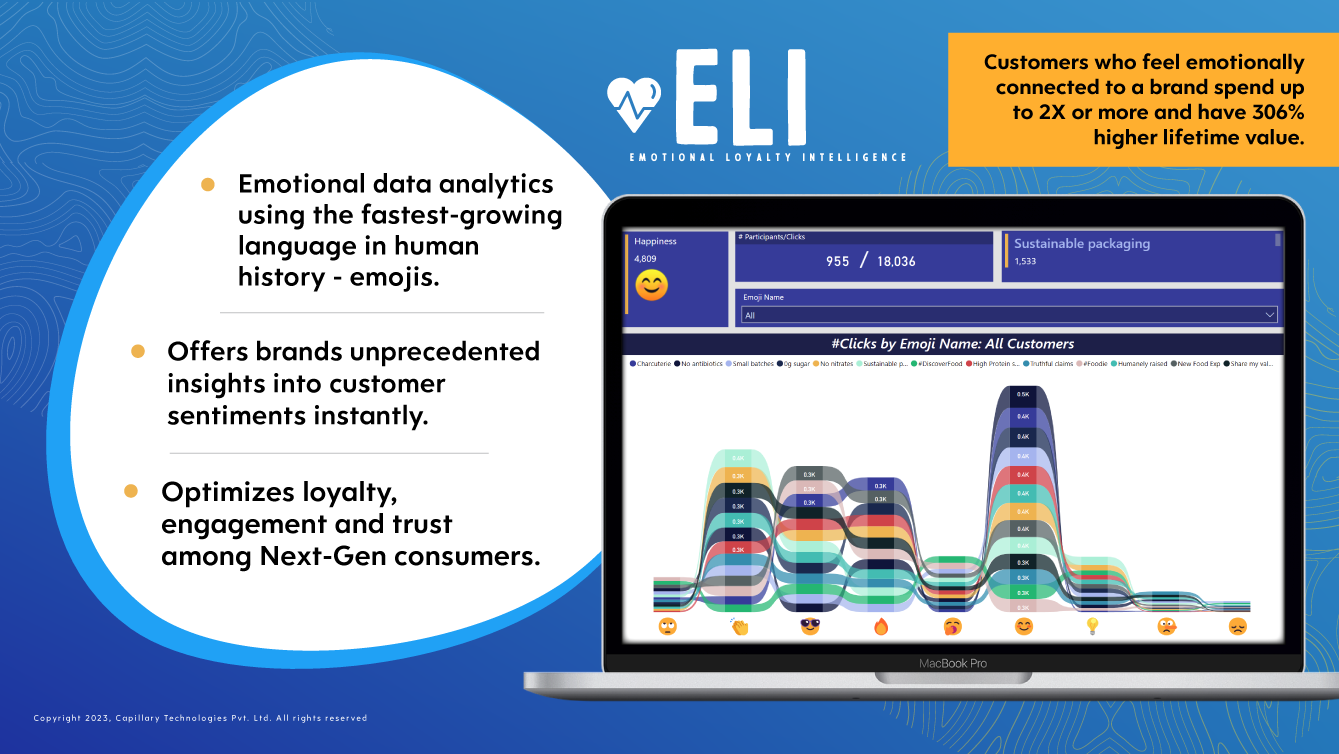Loyalty programs have long been an integral part of the marketing strategies employed by businesses across various industries. They serve as a means to reward and retain loyal customers, fostering brand engagement and driving sales. However, in recent years, the world of loyalty programs has seen its share of controversies. In this article, we will delve into some of the latest controversies that have emerged in the realm of loyalty programs, examining their implications and the lessons they offer for both businesses and consumers.
1. Data Privacy Concerns
Example: In 2019, Starbucks faced a data privacy controversy when it was revealed that their loyalty program app was storing customers’ data in an unprotected format. This vulnerability could potentially expose customers’ personal and financial information. Starbucks quickly addressed the issue, but the incident highlighted the critical importance of safeguarding customer data in loyalty programs.
Implications: The mishandling of customer data can lead to severe repercussions, including legal penalties, financial losses, and reputational damage. Businesses must prioritize data security and transparency in their loyalty programs to build and maintain trust with customers (read more on data privacy from a loyalty marketer’s POV).
2. Hidden Costs and Devaluation
Example: Airlines, like Delta and United, have faced criticism for making it increasingly difficult for customers to redeem frequent flyer miles for free flights. In some cases, airlines have raised the number of miles required for a free ticket, making it more challenging for customers to receive the expected rewards.
Implications: Devaluing rewards can lead to disillusioned customers, eroding trust in the loyalty program. To mitigate this, businesses should be transparent about program changes, regularly communicate their value proposition, and ensure that the rewards offered align with customer expectations.
3. Lack of Transparency
Example: Some hotel loyalty programs have faced criticism for their complex and unclear terms and conditions. Customers have reported difficulties understanding the rules, such as blackout dates and restrictions, which can lead to disputes and negative experiences.
Implications: Frustrated customers may abandon a loyalty program altogether, causing businesses to lose out on valuable repeat business. Transparent and user-friendly program terms are essential to foster trust and satisfaction among participants.
4. Complex Redemption Processes
Example: Hotel chains have been known to have complex redemption processes, often requiring customers to navigate blackout dates, minimum stay requirements, and limited room availability. These complexities can deter customers from taking full advantage of their rewards.
Implications: A convoluted redemption process can lead to customer frustration and diminish the perceived value of the program. Simplifying the redemption process and removing unnecessary barriers can enhance the customer experience and encourage program participation.
5. Inequitable Tier Systems
Example: Hotel and airline loyalty programs have faced criticism for their tier-based structures. Some customers feel that achieving higher tiers is excessively challenging, and the benefits do not commensurate with their loyalty. For example, achieving top-tier status might require an unattainable number of stays or flights.
Implications: Inequitable tier systems can lead to a sense of unfairness and alienate customers. Businesses should regularly evaluate and adjust tier structures to ensure that rewards align with customer loyalty and spending patterns (explore types of loyalty programs).
6. Limited Redemption Options
Example: Some retail loyalty programs offer limited redemption options, restricting customers to specific products or services. This can frustrate customers who would prefer the flexibility to choose how they want to redeem their rewards.
Implications: By broadening the range of redemption options, businesses can attract a wider audience and better meet individual customer needs, ultimately improving loyalty program satisfaction.
Conclusion
Loyalty programs remain a valuable tool for businesses to cultivate and maintain customer loyalty. However, as the recent controversies in the loyalty program landscape have demonstrated, transparency, data privacy, fairness, and simplicity are paramount in ensuring the success of these programs. Addressing these issues is not only in the best interest of customers but also essential for businesses to preserve their brand reputation and thrive in the evolving landscape of loyalty marketing. By actively responding to these challenges and implementing best practices, businesses can rebuild trust with customers and ensure the continued success of their loyalty programs.
